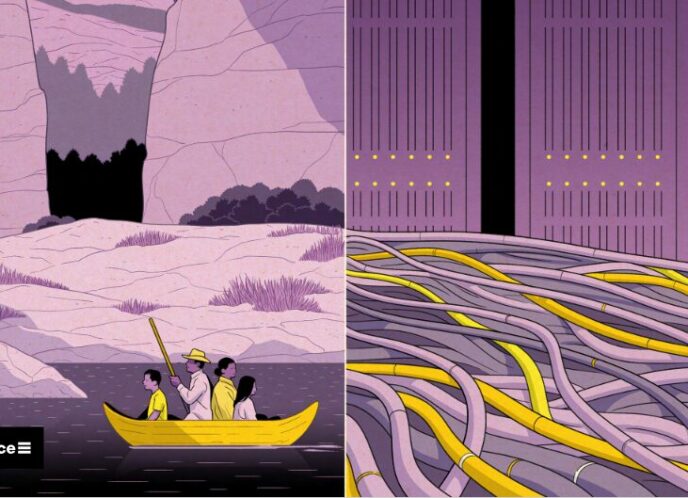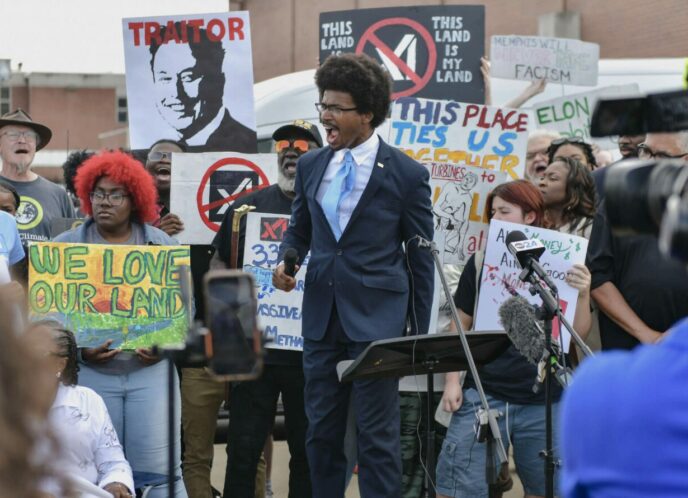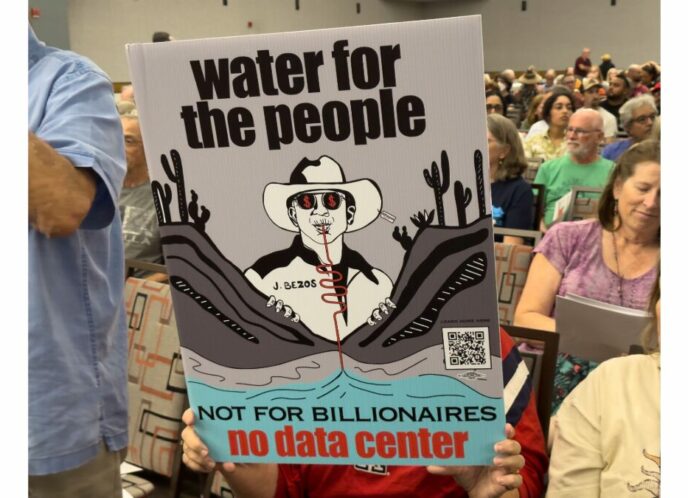An interview with Bernadette Ellorin of BAYAN USA
Q: Briefly introduce the work of BAYAN USA and your organizing work in the U.S. and in the Phiippines.
A: BAYAN-USA is an alliance of 18 progressive Filipino organizations in the U.S. representing youth, students, women, workers, artists, and human rights advocates. As the oldest and largest overseas chapter of Bagong Alyansang Makabayan (BAYAN-Philippines), BAYAN-USA serves as an information bureau for the national democratic movement of the Philippines and as a center for educating, organizing, and mobilizing anti-imperialist Filipinos in the U.S.
Q: In general what is the state of the media and communications infrastructure in the Philippines? Who owns and controls the mainstream media, do Filipinos have access to the Internet, and independent media, etc?
A: The mainstream media is very much monopolized by a handful super-elite families in the country. It's also very liberalized through neoliberal economic agreements. The airwaves and broadcast waves are very much bombarded with programs from Korea, China, the US, and even Mexico. They also heavily promote a pro-Western culture.
Because the Philippines is a large exporter of migrant Filipino workers, most Filipinos have access to the internet. This is very much part of the culture of transnational families of overseas Filipino workers. The Aquino government has made several attempts to curtail internet freedom through legislation but has failed.
While there is a veneer of democratic space, censorship still exists

Q: Can you describe the scope of the devastation that Typhoon Haiyan/Yolanda has caused? The U.S. media has really underreported it.
A: Reports are still trickling in giving us more info on the scope of devastation because communication lines were cut off. Over 15 million Filipinos were affected. In city alone- Tacloban- over 10,000 died. Many more were displaced, left homeless, had farms destroyed. The hardest hit region- Eastern Visayas- is the 3rd poorest region in the country. Extreme poverty, of course, makes the impact of disaster more devastating. Where are those with literally nothing, living in nipa huts and shanties, supposed to go when a super typhoon hits?
Q: How has the Typhoon impacted the communications infrastructure in the Philippines and the ability for people to communicate with one another?
Communication lines were cut off completely in several areas in the Eastern Visayas region, and are slowly being restored. Many of those impacted were unable to communicate with their loved ones in Luzon and Mindanao, and even abroad and vice-versa.
Q: Who is responsible for this disaster? Can you tell us about the role of U.S.militarism and it's impact on the environment, on the people, on climate change?
Haiyan may be the 4th typhoon to hit the Philippines this year, but it is definitely a man-made disaster. Climate change is one very big factor, as the Philippines is a site of many heavy, extractive operations- mining, quarrying, logging– by big, multinational corporations, as well as large, corporate agribusiness whose operations not only release emissions that extremely alter weather patterns in the region, but create the conditions for violent, fatal flash floods. When there are not enough trees on the mountains because of deforestation, and open-pit mining has destabilized the bedrock along the slopes, the result is a flash flood of large rocks that violently smash through towns, destroying infrastructure, and taking lives.
The Aquino government's response to this disaster has been weak, slow, and inept. It is currently embroiled in a huge corruption scandal right now. The Aquino government has a track record of misusing funds earmarked for calamity and disaster preparedness. Instead, Aquino has allowed this disaster to be used as a pretext for increased US militarization in the Philippines. Already, over 5,000 US troops have entered the Philippines under the auspices of disaster relief missions. This is in line with the US miltary's so-called rebalancing to the Asia-Pacific region as well as its counter-insurgency manual, which purports a population-centric approach to counter-insurgency, ie- humanitarian relief, rather than an enforcement approach.

Q: What is ultimately at stake right now for those affected by the storm. What role can folks in the U.S. play to support the relief work and help uplift the stories that are not being told here in the U.S.
A: Those affected by the storm right now are facing the Trojan horse of militarized disaster relief and an increased US military presence that has historically been linked to human rights abuses- rape, sexual assault, indiscriminate shootings, etc. They also are coming to terms with the fact that they cannot rely on their own government to help them rehabilitate and rebuild after Haiyan.
In the short term, those of us in the US can send relief and participate in relief efforts in the Philippines. BAYAN USA is endorsing the National Alliance for Filipino Concerns' (NAFCON) Bayanihan Relief and Rehabilitation Program. 100% of all online proceeds goes directly to relief teams on the ground and into the hands that need it the most.
In the long term, we need to raise awareness about US militarization in the Philippines through disaster relief, a la Haiti. We need to build a viable and more-informed anti-war/anti-militarization movement here in the US.
*****

Bernadette Ellorin is the current chairperson of BAYAN USA, an alliance of 18 Filipino-American organizations fighting for socio-economic justice. BAYAN USA is heavily involved in responding to the emergency relief and rehabilitation needs of the victims of Typhoon Haiyan through its partnership with the National Alliance for Filipino Concerns, or NAFCON. To donate online, visit www.nafconusa.org.



